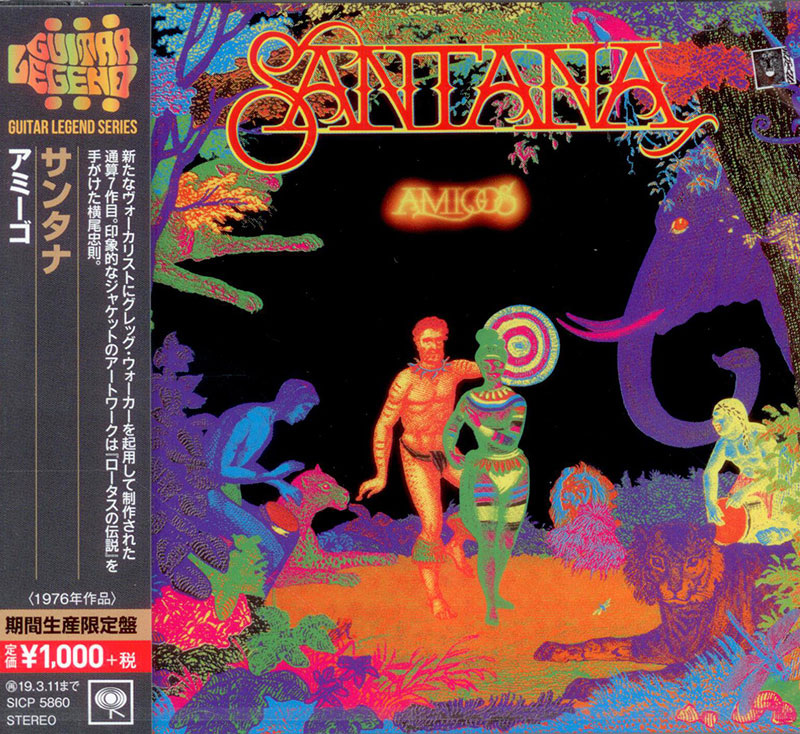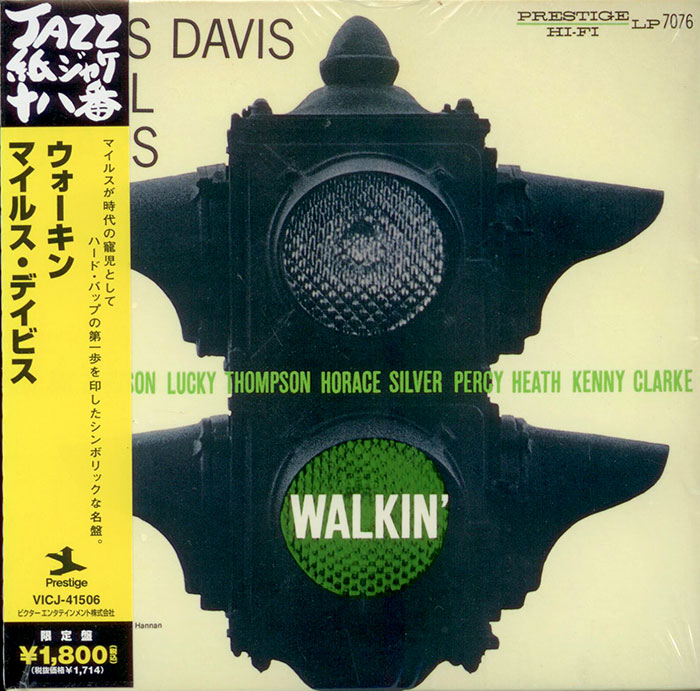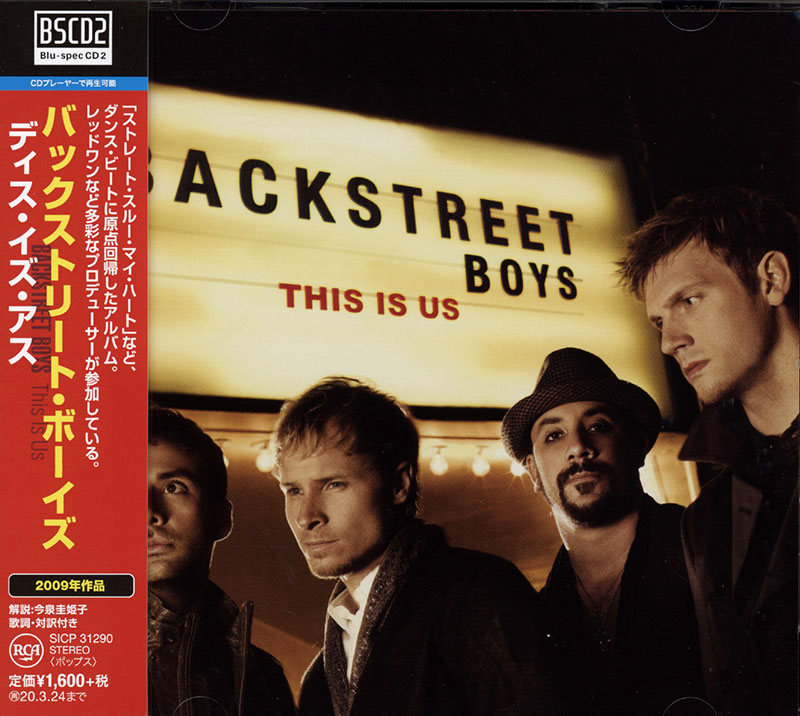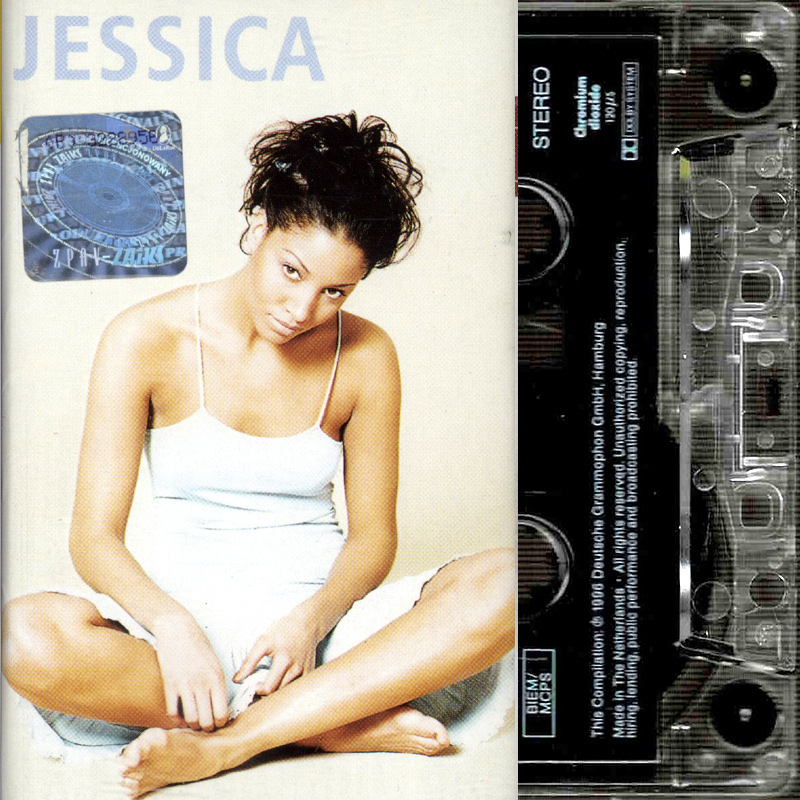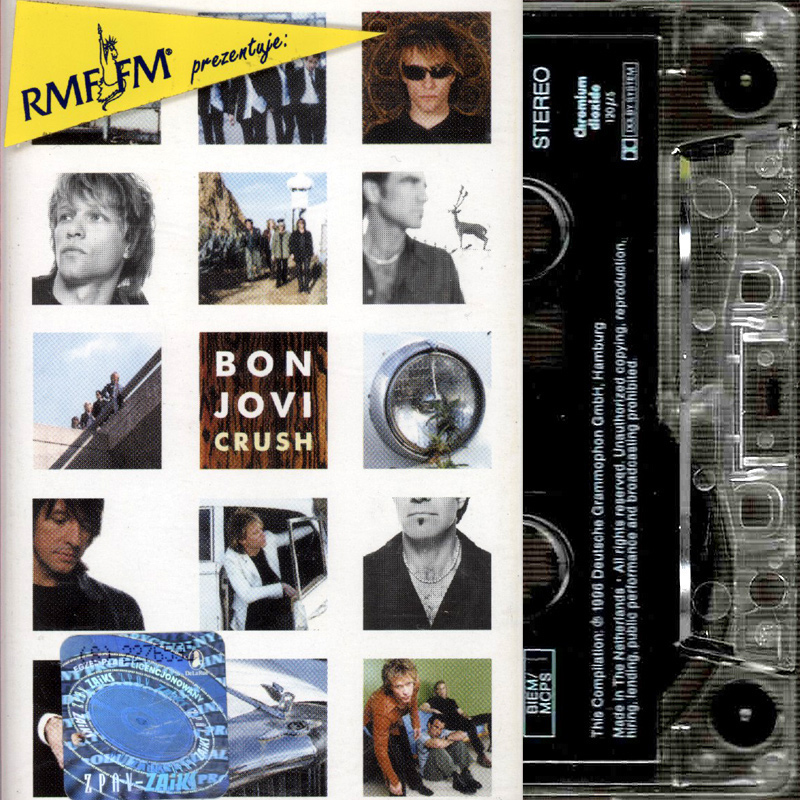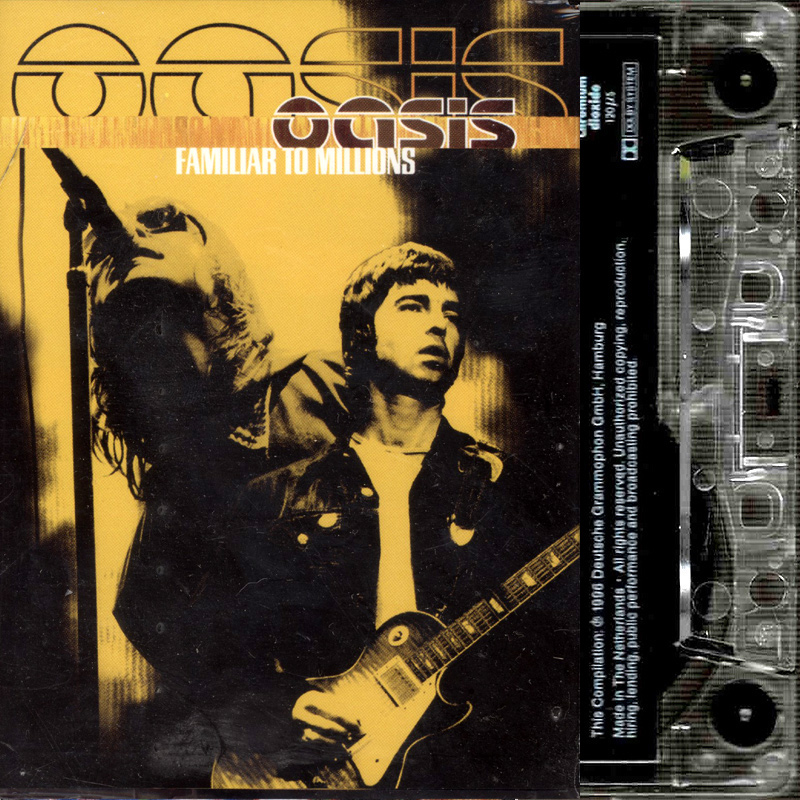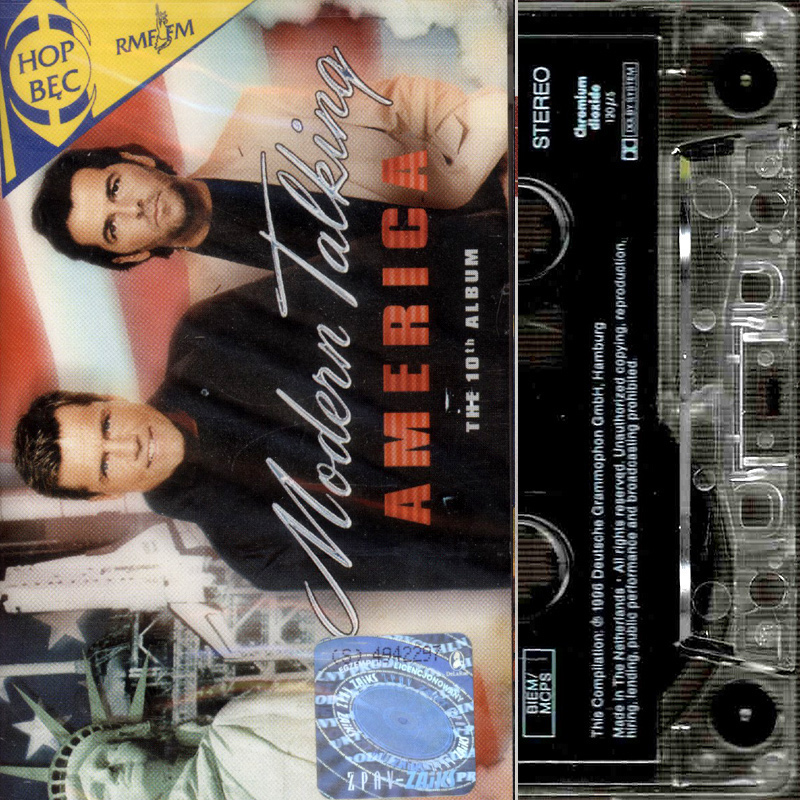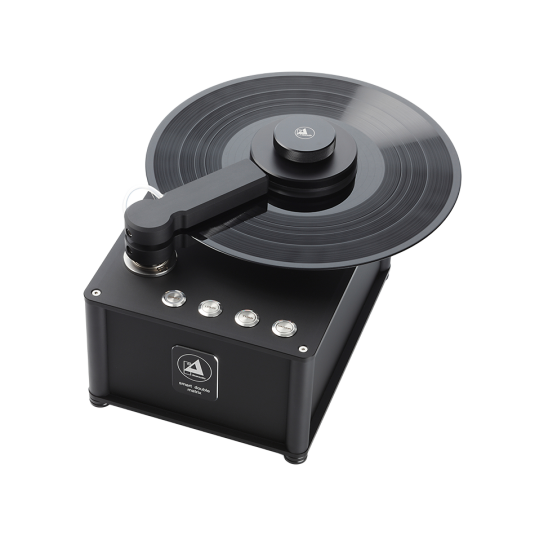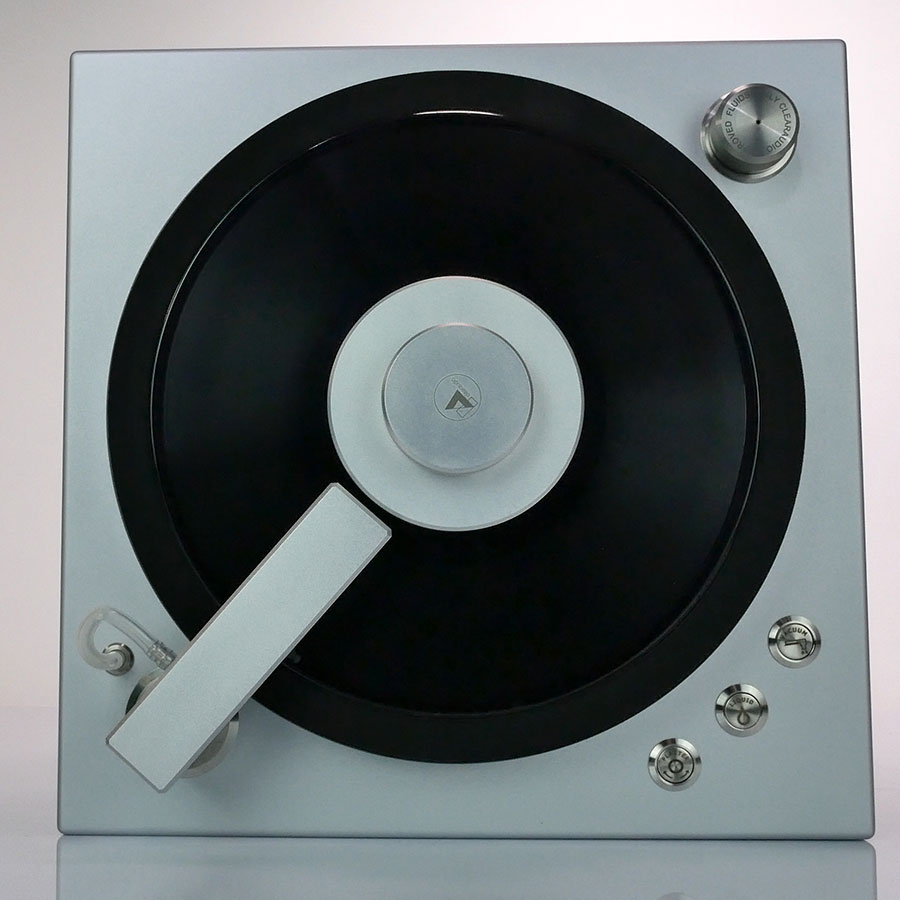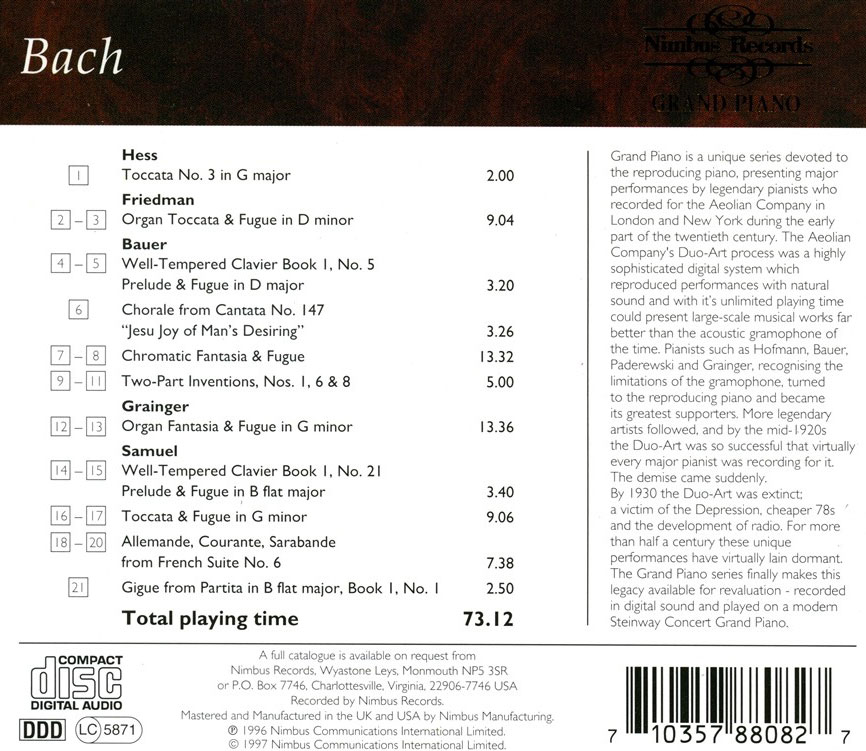Logowanie
Mikołaj - ten to ma gest!
Miles Davis, Horace Silver, Jay Jay Johnson, Percy Heath, Kenny Clarke, Lucky Thompson
Walkin'
20bit K2Super Coding - ale jak to brzmi!
Kasety magnetofonowe
Winylowy niezbędnik
ClearAudio
Double Matrix Professional - Sonic
najbardziej inteligentna i skuteczna pralka do płyt winylowych wszelkiego typu - całkowicie automatyczna
BACH, Harold Bauer, Ignaz Friedman, Percy Grainger, Dame Myra Hess, Harold Samuel
Grand Piano - A Recital of works by Johann Sebastian Bach

- Harold Bauer - piano
- Ignaz Friedman - piano
- Dame Myra Hess - piano
- Harold Samuel - piano
- Percy Grainger - piano
- BACH
GRAND PIANO
"Here is Bach in the Grand manner prevalent in my youth. Purists may scoff, but they can hardly deny the sheer quality of the playing ... Such were the pianists who helped bring Bach back to life ..." Geoffrey Crankshaw, Classic CD Grand Piano is a series devoted to the art of the Reproducing Piano. It presents major performances by the legendary pianists who recorded for the Aeolian Company between 1915 and 1930. The acoustic gramophone rarely attempted major keyboard works. The 78s' restricted sound and duration was acceptable for short virtuoso pieces but little else. In contrast, by 1915, the Aeolian Company's "Duo-Art" was already a highly sophisticated digital recording process. Pianists, well aware of the gramophone's limitations, turned enthusiastically to the reproducing piano. Hofmann, Bauer, Paderewski and Grainger were especially committed, not alone in believing that they had achieved the ultimate recording process. Great pianists joined them in recording their concert repertoire, including much that was never repeated on disc. The reproducing piano was a tragic victim of the devastated economy of 1930's America. It disappeared, not because it was inadequate, but, because it was expensive. The pianist's faith in the reproducing piano remained overwhelming; one of the most exciting musical inventions of our age. Piano roll ('Reproducing Piano') recordings from the early 20th century, replayed on a modern Steinway Concert Grand.




